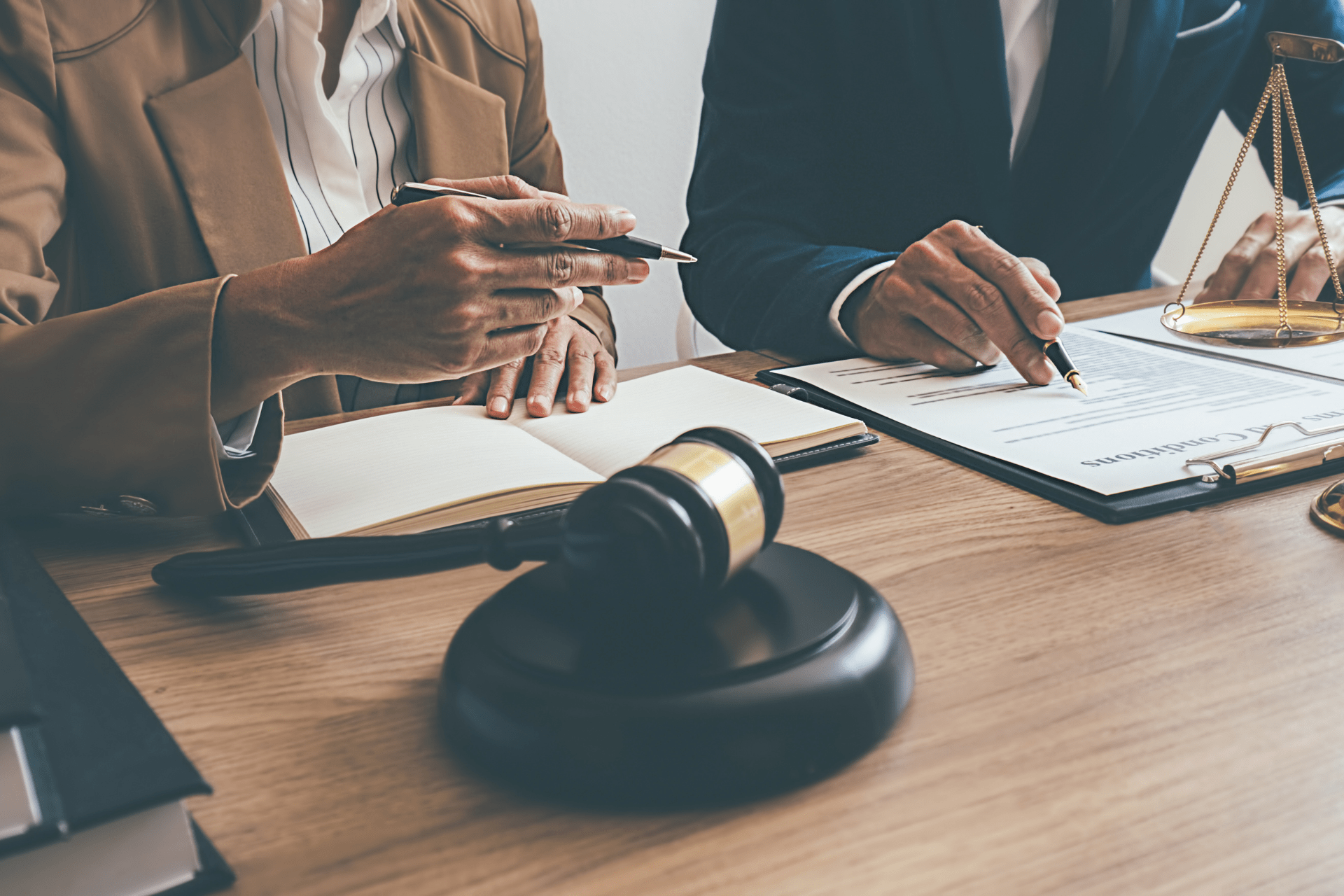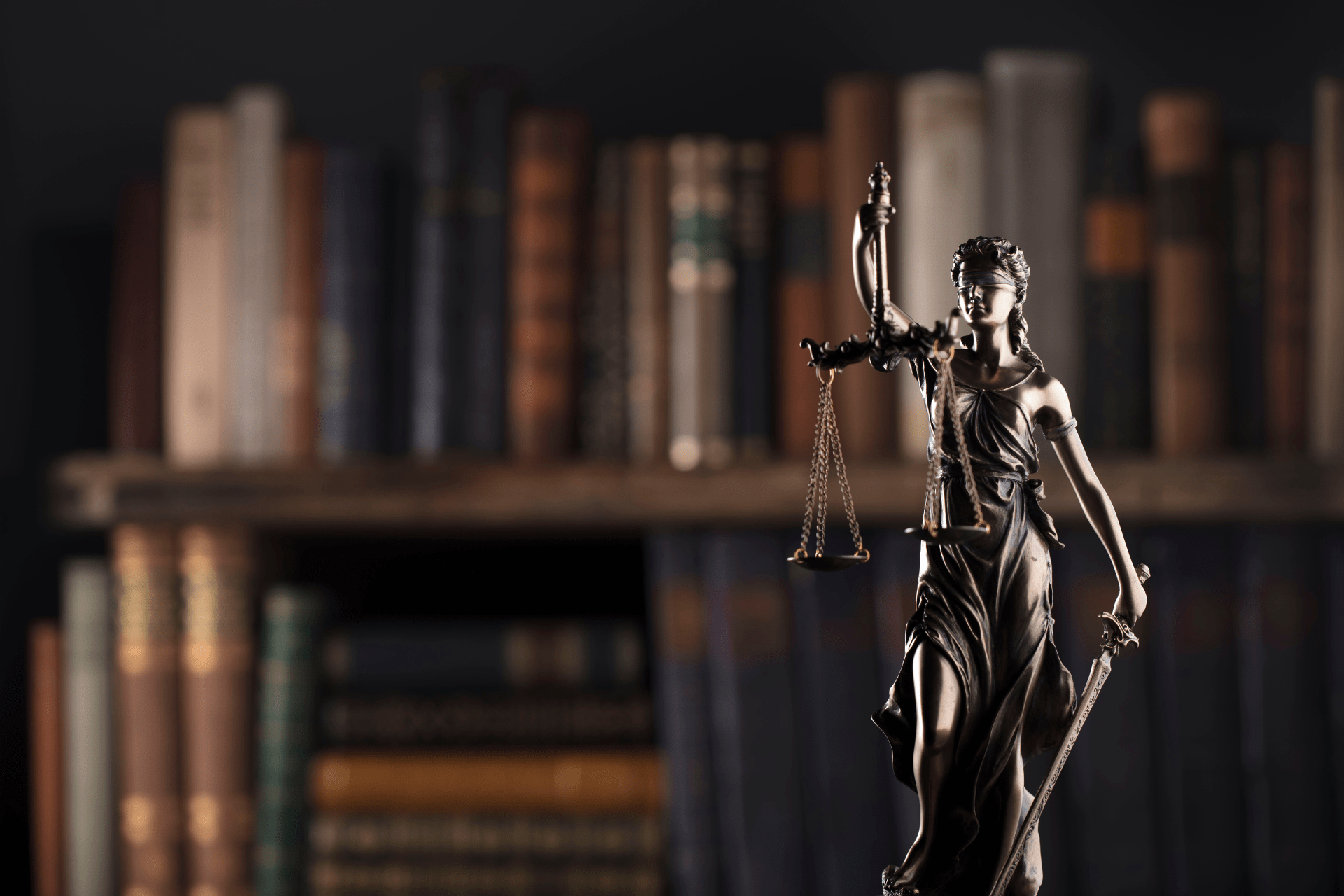Premises Liability Basics: What Every Retailer Should Know
Note: This article is designed to cover the fundamental principles of premises liability law. Keep in mind that each state has its own laws and regulations governing retailers, and those rules can vary significantly. For guidance tailored to your business and location, always consult with an attorney who specializes in retail law.
You’ve got customers walking in, deliveries out back, and a dozen things on your plate. The last thing you expect is a claim you weren’t ready for. But one slip, one loose handrail, one missed inspection, and now you're staring down a premises liability lawsuit.
You’re not careless. But that won’t stop the paperwork, the stress, or the risk to your reputation. This guide is for the business owner juggling real operations with real legal exposure. Let’s talk about how to stay protected.
What Is Premises Liability?
Premises liability is a legal concept that holds retailers, property owners, and occupiers responsible for injuries that happen on their property due to unsafe or hazardous conditions.
If someone slips, trips, or is otherwise harmed because of negligent upkeep, the retailer could be liable. This responsibility lays the groundwork for claims based on the owner’s failure to keep their property reasonably safe.
But not every injury leads to a valid claim. The law considers who was injured, why they were on the property, and whether the owner had knowledge, or should have had knowledge, of the dangerous condition.
This also applies to parking lots, sidewalks, stairwells, and construction zones. If you own property that others visit, you have a legal duty to keep it safe, or face serious liability.
Types of Premises Liability Cases
Not all injuries happen the same way, but many fall into patterns the law knows how to handle. Here are some of the most common types of premises liability claims:
Falls
Slip and fall or trip and fall cases are the most frequent. Wet floors, uneven sidewalks, loose rugs, and poor lighting can all lead to serious injury. If you knew, or should’ve known, about the hazard and didn’t fix it, that’s a liability.
Inadequate Building Security
If someone gets assaulted or robbed on your property, security measures matter. Poor lighting, broken locks, or a lack of security staff can open the door to legal exposure, especially in high-crime areas where you’re expected to act.
Snow and Ice Removal
If your storefront, parking lot, or sidewalks aren’t maintained during winter weather, you’re exposed. Failing to address snow or ice buildup quickly and clearly can lead to liability.
Components of a Premises Liability Claim
To hold a retailer legally responsible in a premises liability case, a plaintiff needs more than just an injury. They must prove four specific elements, and each one is essential. If even one element is missing, the claim will not stand.
Duty of Care
As a retailer, you owe a legal duty to customers who enter your property. The level of that duty depends on the visitor’s legal status, typically classified as invitees, licensees, or trespassers. Customers are considered invitees, which means you’re expected to maintain a reasonably safe environment. That includes routine inspections of your premises and prompt action to correct any hazards.
Breach of Duty
A plaintiff must then show that you failed to meet this duty. Examples might include not cleaning up spills, failing to salt icy walkways, or ignoring broken handrails.
Causation
There must be a clear connection between the alleged failure and the customer’s injury. For example, if someone slipped on a wet floor and no warning sign was posted, they may argue that your inaction directly caused the fall.
Damages
Finally, a customer must prove actual harm, medical bills, missed work, physical pain. Without measurable damages, there's no case.
The Owner's Duty of Care
As a business owner, you’re not expected to prevent every accident, but the law does expect you to act reasonably. That’s the foundation of your duty of care.
Negligence
Negligence means failing to act the way a reasonable property owner would under similar circumstances. If there was a hazard, say, a spill in your store, and you didn’t address it within a reasonable time, that’s what can trigger liability.
Comparative Fault
In many states, liability isn’t all-or-nothing. Courts apply a comparative fault rule, meaning if the injured person was partly responsible for the accident, their compensation can be reduced based on their share of the blame.
If they were more at fault than the property owner, often over 50%, they might not recover anything at all. This matters when the facts are messy or when the person ignored clear warnings or acted carelessly.
Damages
The customer has to show real harm, medical bills, lost income, pain, and suffering. Without documented injuries or losses, there’s no case. If the alleged damages are vague or inflated, you’ll want to challenge them with precision.
Causation
It’s not enough for someone to be hurt on your property. They have to prove the injury was caused by your negligence, not just bad luck. That distinction can make or break a case, especially if the hazard was open and obvious.
Challenges in Premises Liability Cases
Defending against a premises liability claim isn’t just about saying, “We didn’t know.” It’s about showing what you did to keep your property safe, and what the injured party failed to do.
Unclear Fault
Many claims come down to who was truly responsible. Was there a genuine hazard, or was the person injured not paying attention? If the visitor ignored clear warnings or acted carelessly, that can shift fault back to them under comparative negligence laws, which reduce or bar recovery based on the injured party’s share of responsibility.
Proving Reasonable Action
You don’t need to fix every uneven sidewalk or minor hazard right away. What the law requires is that you act reasonably under the circumstances. That might mean having and following practical safety measures such as regular inspections, timely repairs, or documented safety protocols. If an incident does occur, being able to show that you took these steps can make all the difference in proving you exercised reasonable care.
Lack of Witnesses or Evidence
If there are no cameras, no reports, and no one around to verify the events, it becomes your word against theirs. That’s why documentation, incident logs, inspection records, and even staff training make or break your defense.
Proof in a Premises Liability Case
In a premises liability case, everything starts with the visitor’s legal status. Why someone was on your property directly affects what you’re responsible for.
Invitees
These are your customers or clients, people you’ve invited onto the property for business purposes. You owe them the highest duty of care, including routine inspections and timely fixes. If something’s broken or dangerous, the law expects you to know about it and handle it.Licensees
Think of vendors, delivery drivers, or even social guests. They’re allowed to be there, but they’re not there for your business benefit. Your job is to warn them about known hazards, not to look for new ones.
Trespassers
You’re not expected to protect people who shouldn’t be on your property at all, but you can’t intentionally harm them. And if you know people routinely trespass in a particular area, courts may expect you to act, especially if the hazard is dangerous.
Intentional Harm
The law draws a clear line between negligence and deliberate actions. If someone claims you intentionally caused harm, like setting a trap or deliberately ignoring a known danger, it’s no longer a standard liability case. It raises the stakes significantly and could expose your business to punitive damages or criminal investigation, depending on the facts.
Children and Constant Trespassing
Kids are a unique exception. If you’ve got something that might attract children, like an unfenced pool or broken machinery, you may still be liable, even if the child was trespassing. This is where the “attractive nuisance doctrine” comes into play.
Premises Liability: Frequently Asked Questions
What is the difference between premise liability and general liability?
Premises liability refers to legal claims from injuries, like slip and fall accidents, that occur due to unsafe property conditions. General liability covers a broader range of third-party claims. Even with waivers of liability in place, property owners can still be held accountable if negligence is proven.
What is a premises asset or liability?
A premises asset is any property used by your business, like a retail space or office. It becomes a liability when it contributes to harm, such as a public nuisance, unaddressed hazard, or negligent security issue, that leads to a legal claim.
What is an example of premises and operations liability?
Premises liability involves conditions on your property. For example, if a sign inside your store falls and injures a customer, that’s a premises liability claim. Operations liability, on the other hand, involves your business activities,not the physical condition of the property. For instance, if an employee is delivering products off-site and causes an injury, that could be an operations liability claim.
What is the difference between negligence and premises liability?
Negligence is a broader concept involving failure to act with reasonable care. Premises liability is a type of negligence specific to property hazards, such as slip and fall accidents, negligent security, or failing to fix a known public nuisance.
Premises liability claims can hit fast and hard. If you own or operate a retail space, you need legal backup that knows the terrain. I help business owners protect what they’ve built, respond strategically to claims, and stay ahead of legal risks. Let’s talk about how to keep your property and your reputation protected. Contact us here.



